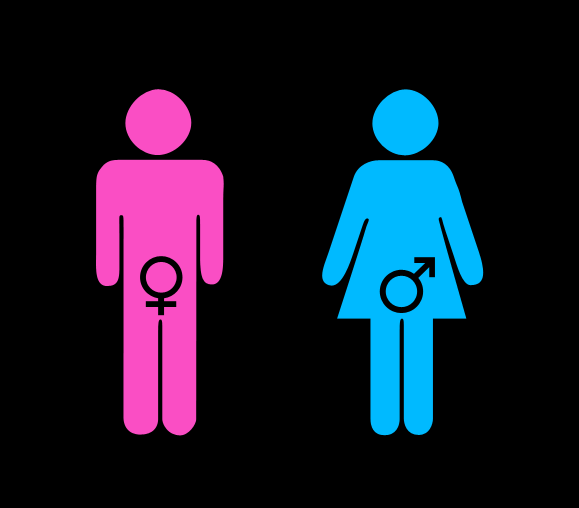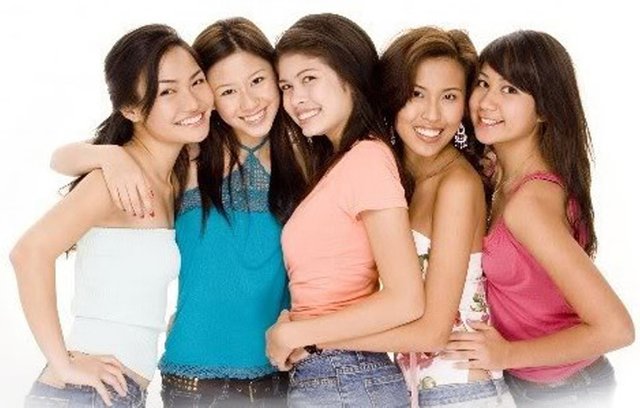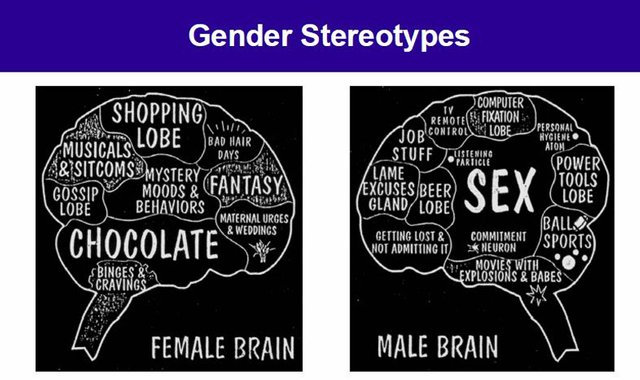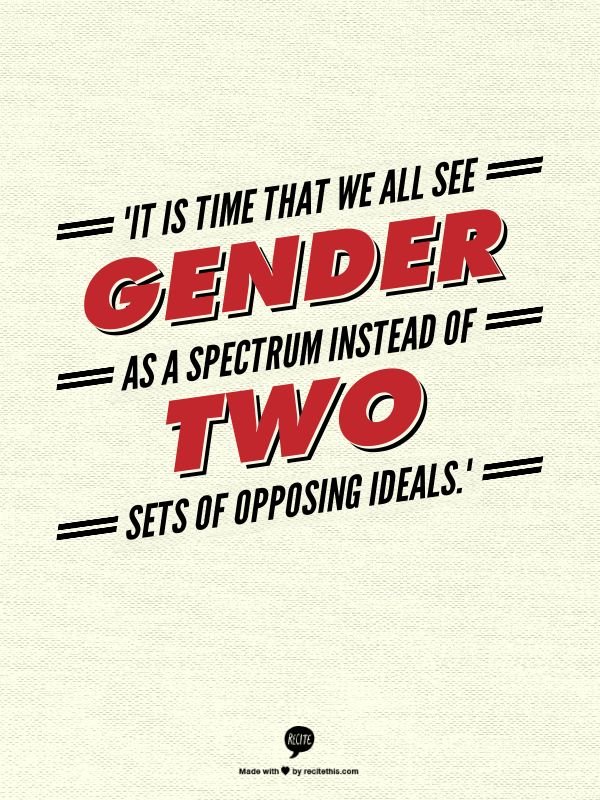The Filipino Gender Traits
The Filipino Gender Traits

Image Source
As per Philippine myth, the first man and woman risen up out from a bamboo reed, equal yet extraordinary, as the man might have been "Malakas" (strong) and the lady "Maganda" (beautiful). In pre-colonial Philippines, ladies were equivalent to men, having an indistinguishable rights and frailties from men did. Current Filipino society, in any case, slashes all the more intently to Spanish culture, a consequence of over 300 years of being a settlement of Spain. One can follow back the estimations of machismo and feminismo to these frontier times.
Gender Traits of Filipino Men
The idea of machismo is described by benefit and virility. Men were urged to demonstrate and hone their energy and virility, to such an extent that being a man has characteristically been related with defeating hindrances, losing one's virginity, and having a sound charisma. Filipino men portrayed themselves as being strong, pleased, overcome, fearless, challenging, pulled in to ladies, balanced, and fit for satisfying obligations. Alongside power and quality, be that as it may, came weaknesses. The cliché macho Filipino man is likewise thought to be relationally stunted, amazingly free and unequipped for shaping close passionate ties with other men. Filipino men have additionally been depicted as being excessively basic and narcissistic.
In the Philippines, gender and sexual introduction are nearly interlaced. The expression "bakla" in the Philippines alludes to gay men, yet broaderly, it alludes to any delicate man. A man who, in this manner, does not fit in with the stereotyped traits talked about above, is at danger of being marked gay, paying little respect to his real sexual introduction. For this situation, Filipino gender developments appear to supersede meanings of sexual introduction.
An early investigation on the most proficient method to recognize and mark homosexuals in the Philippines records the accompanying unmistakable signs to pay special mind to: womanly conduct by and large, influences when strolling, smooth when taking a seat, covers one's mouth while chuckling, warm, garrulous, surly, bashful, unassuming and passionate. While the investigation may have been directed over three decades back, the portrayals are very like qualities of the cliché Filipino lady today.

Image Source
Gender Traits of Filipino Women
Feminismo is the partner to machismo – a stereotyped perspective of womanliness. In Filipino society this has been showed by means of the conviction that, for ladies, self-satisfaction must be accomplished through marriage and parenthood. A cliché Filipino lady is generally portrayed as being unassuming, refined, bashful, supporting, sweet, perfect, warm, liberal and delicate. Filipino ladies are likewise anticipated that would have no real indecencies, be resigned, and be faithful and pardoning to her accomplice who is probably going to stray.
A respondent in an investigation on Filipino lesbians portrayed the run of the mill "boyish girl" as the male in a lesbian relationship. Similarly as Filipino gay men are characteristically depicted as feminine, Filipino lesbians have regularly been described as being all the more characteristically masculine, going up against masculine traits, for example, acting like a honorable man to ladies, strolling like a man, being boisterous, disgusting, and utilizing coarse dialect.
These attributes are believed to be especially valid for Filipino lesbians who recognize as boyish girl or butch, with some colloquialism that they don't distinguish as female and seem to be, indeed, unequipped for being a lady. As they don't relate to the coy, refined, characteristically feminine Filipino lady and rather observe themselves more lined up with the cliché Filipino man, Filipino lesbians regularly change the way they look, short hair, destroying men's garments and attempting to build up a more solid physical make-up, so as to have a more strong mental self view.
In Filipino investigations on gender, masculinity and gentility are both conceptualized as being made out of both socially alluring and undesirable traits. Regularly, the discourse concentrates on how a positive or socially alluring trait ends up noticeably undesirable when somebody of the wrong gender has or shows it. For instance, while being physically strong is viewed as a positive trait for Filipino men, a Filipino lady showing physical quality is considered socially undesirable, atypical, and possibly demonstrative of lesbianism.

Image Source
These portrayals tend to be solutions of, as opposed to depictions, of gender traits in a culture, for example, that in the Philippines, which stresses the system. For Filipinos, the family and bigger connection arrange is at the center of society, and fitting in with the desires of the gathering, including that of gender traits and parts, is critical.
While the writing on Filipino developments of gender show clear depictions of both positive and negative traits related with masculinity and womanliness, the accompanying segment concentrates just on positive traits. Measures of gender have generally included just socially attractive traits.
Measuring Gender
Hoffman's audit of measures of gender starts with the contention that, while scientists have been proposing distinctive plans and measures for masculinity and gentility, the present instruments don't completely catch the implications of the develops. This might be because of the subtle idea of the develops, yet it might likewise be because of the way that masculinity and gentility are socially built and are thusly reliant on setting, both as far as culture and time.
To better comprehend the history and issues related with measuring gender, an exchange of the distinctive endeavors, hypotheses, and instruments are displayed, assembled into three methodologies:
Gender as a bipolar, unifactorial build;
Femininity, masculinity, and bisexuality as isolated develops of gender;
Current methodologies past hermaphrodism.

Image Source
Reference:
Femininity & Masculinity
By: Vivienne V. Valledor-Lukey
Proud filipina..
Dapat lang :)
Hahahha..😃
GREAT material
Thanks. Glad you like it.
I love your final message. Gender is a spectrum, and I believe that people can move freely on this spectrum depending on what the situation is. So for instance, when a man is at work he may be more masculine, directing his male energy to completing tasks. But then when he is home with his partner he can be much more 'feminine'.
Great post look forward to seeing more.